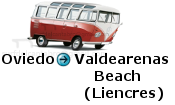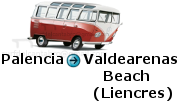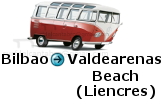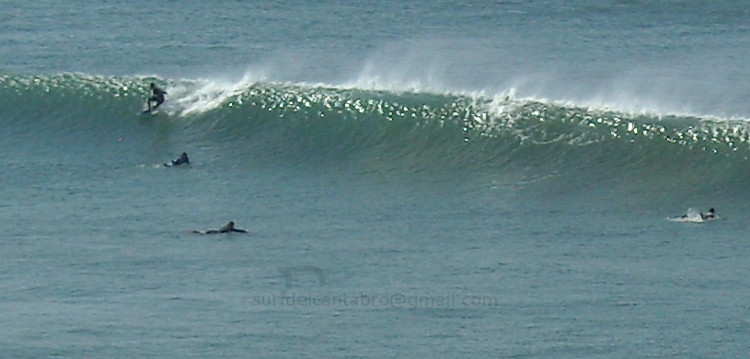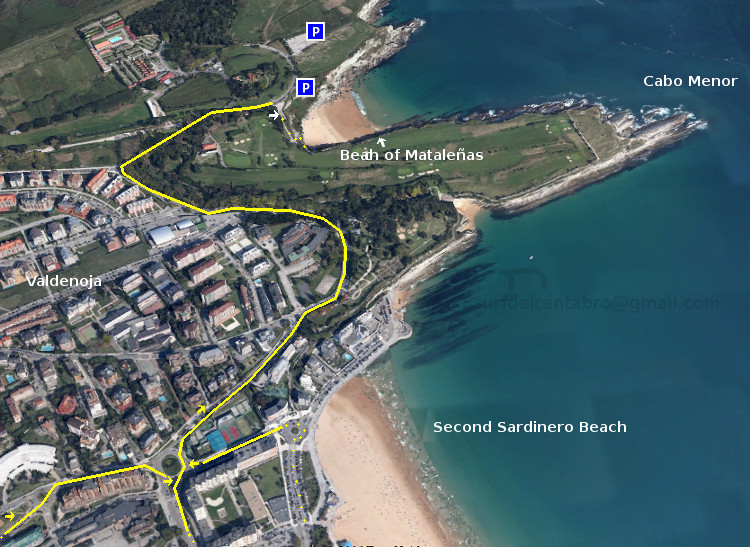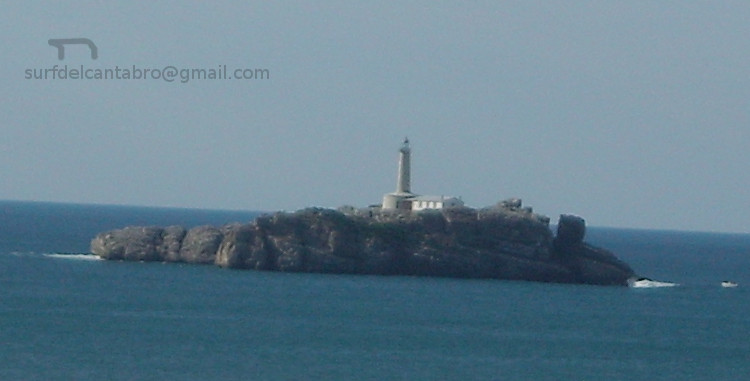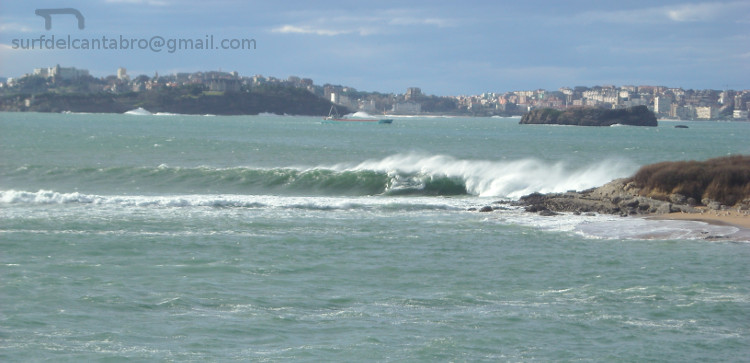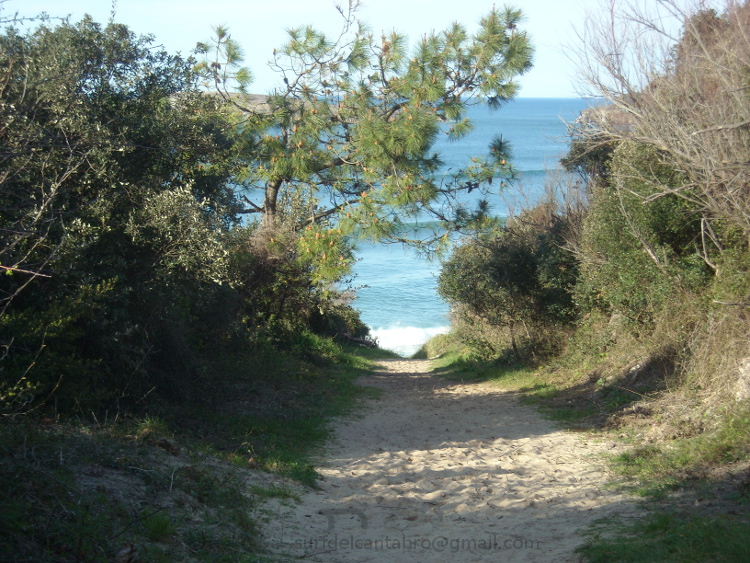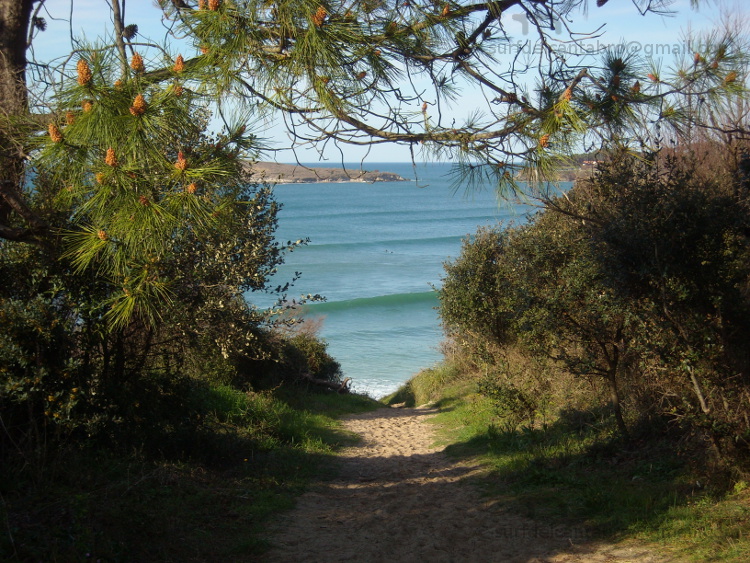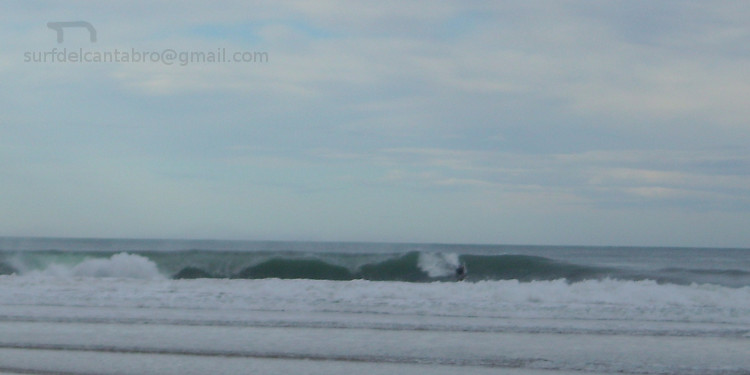 Elegir un bodyboard no es algo sencillo debido a los parámetros que componen su diseño y a todas las combinaciones que pueden generar. Por ejemplo para 4 factores a tener en cuenta ( que pueden ser muchos más) combinados entre sí generan 256 bodyboards distintos. A esto se suma la gran variedad de fabricantes y que cada uno cuenta con una amplia gama de modelos. ¿ Cómo elegir ? . La principal orientación sobre esta decisión la marca el uso que de él vamos a hacer. Para ello los principales parámetros son los siguientes :
Elegir un bodyboard no es algo sencillo debido a los parámetros que componen su diseño y a todas las combinaciones que pueden generar. Por ejemplo para 4 factores a tener en cuenta ( que pueden ser muchos más) combinados entre sí generan 256 bodyboards distintos. A esto se suma la gran variedad de fabricantes y que cada uno cuenta con una amplia gama de modelos. ¿ Cómo elegir ? . La principal orientación sobre esta decisión la marca el uso que de él vamos a hacer. Para ello los principales parámetros son los siguientes :
1 – Tallaje.
2 – Partes de un bodyboard.
3 – Materiales.
1 – Tallaje : el sistema de tallas se establece en pulgadas (1 pulgada = 2,54 cm) y nos sirve para conocer que talla es la más adecuada para cada uno. Éste es el criterio básico para elegir un bodyboard. Pues si la talla es grande respecto del surfer, no permite maniobrar. Si por el contrario es pequeña, sólo funcionará con las olas más potentes; perdiendo estabilidad y seguridad.


| Size – length (inch) |
Height (cm) |
Weight (kg) |
| 37″ |
123-153 cm |
28-55 kg |
| 37.5″ |
130-155 cm |
30-55 kg |
| 38″ |
135-155 cm |
35-58 kg |
| 38.5″ |
138-158 cm |
36-58 kg |
| 39″ |
137-158 cm |
38-58 kg |
| 39.5″ |
140-162 cm |
40-60 kg |
| 40″ |
157-167 cm |
42-62 kg |
| 40.5″ |
158-170 |
50-80 kg |
| 41″ |
160-173 cm |
55-85 kg |
| 41.5 |
165-179 cm |
60-90 kg |
| 42″ |
168-183 |
65-95 kg |
| 42.5″ |
170-190 cm |
70-100 kg |
| 43″ |
172-195 |
70-105 kg |
| 44″ |
175-195 cm |
75-130 kg |
| 45″ |
175-195 cm |
75-130 kg |
| 46″ |
+ 195 cm |
+ 100 kg |

2 – Partes de un bodyboard.


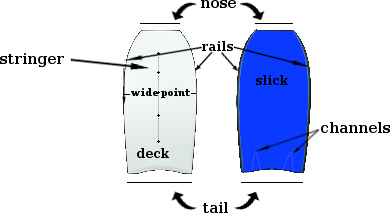

Nose (pico): parte superior. Si es más ancho nos permite situar el peso hacia adelante, para surfear tumbado (prone). Si es más estrecho favorece desplazar el peso hacia atrás, para surfear de rodillas (dropknee).
Tail (cola): parte inferior. Cada tipo de cola está indicado para un tipo de olas y maniobras diferentes. Las dos grandes categorías son : crescent tail y bat tail. Dentro de cada categoría hay muchas variantes. Las principales categorías son :
- Crescent tail : para olas grandes, el bodyboard se acopla bien a la pared de la ola.
- Bat tail : aportan mayor maniobrabilidad, pero el bodyboard pierde acoplamiento en la pared de la ola.




Wide point : parte más ancha.
Deck : cara sobre la que se tumba el surfer.
Slick : cara que va en contacto con el agua.
Rails (bordes): bordes laterales del bodyboard, superiores e inferiores. Estos bordes se figuran en forma de ángulo siendo su parte inferior y superior separadas por el punto de inflexión. Cumplen la función de quillas, anclan nuestra trayectoria al camino de la ola, cuando cortamos la ola. Su medidas habituales son: (borde inf.)60/40(borde sup.) y 50/50. Cuanta mayor diferencia existe entre estas medidas hay mayor acoplamiento a la pared de la ola.
Stringer : listón flexible y duro generalmente de carbono. Colocado en el interior verticalmente, para proporcionar mayor resistencia al bodyboard.
Channels (canales) : proporcionan mayor acople a la ola, disminuyen ligeramente la maniobrabilidad.
– Diferencia entre nose y wide point : proporciona mayor capacidad de giro según el valor aumenta.
3 – Materiales.
Los materiales usado para constuir un bodyboard se centran principalmente en tres partes, cada una de ellas tiene una gama de calidades.
- Slick : (de mayor a menor calidad) surlyng, HDPP, HDPE.
- Deck : (para gustos)
- Sealed-air: célula abierta, es más blando.
- Crosslink : célula cerrada, no absorbe agua y es más rígido.
- Core : es la parte interna del bodyboard. Las calidades, de menor a mayor; son las siguientes :
- Dow : blando y pesado, baja calidad.
- PE (Polietileno) : es más pesado que PP. Adecuado para aguas frías.
- EFC (Engineered Flexible Core): evolución de PE, mantiene sus propiedades; siendo más ligero y
totalmente impermeable.
- PP (Polipropileno) : muy ligero. Adecuado para aguas calientes. Alta calidad.
Nota : tener precaución al colocar el invento (correa elástica de sujeción) para no dañar ninguna parte del bodyboard (stringer).
Resumen: estos son los principales criterios para elegir un bodyboard. Tener en cuenta que la calidad está relacionada con el precio, aunque esto no siempre se cumple. Debido a la durabilidad de un bodyboard quizás es recomendable aumentar la cantidad a invertir, primando calidad y funcionalidades; dependiendo del uso y nuestra frecuencia de surf, pero esta decisión corresponde a la libre elección de cada uno.
Criteria for choosing a bodyboard
 To choose a bodyboard is not something simple because of the parameters that make up its design and all the combinations that can be generate. For example for 4 factors to take into account ( which can be many more) generate 256 different bodyboards. This is compounded by the wide variety of manufacturers and that each one have a wide range of models. How do you choose? . The main guidance on this decision are the place and style that we’re going to play. The main parameters are the following ones :
To choose a bodyboard is not something simple because of the parameters that make up its design and all the combinations that can be generate. For example for 4 factors to take into account ( which can be many more) generate 256 different bodyboards. This is compounded by the wide variety of manufacturers and that each one have a wide range of models. How do you choose? . The main guidance on this decision are the place and style that we’re going to play. The main parameters are the following ones :
1 – Sizing.
2 – Parts of a bodyboard.
3 – Materials.
1 – Sizing: the system of sizes settles down in inches (1 inch = 2,54 cm) . It allow us to know the size that is the most appropriate for each one. This one is the basic criterion to choose a bodyboard. If the size is bigger than the ideal one for the surfer, it does not allow to maneuver. If on the contrary it is small, only it will work with the most powerful waves; with less stability and safety.
Size chart. See above.
2 – Parts of a bodyboard.
Bodyboard parts Picture. See above.
Nose (peak): top. When it is width enables us to place the weight forward, to surfing down (prone). The small width of it allow us to place the weight backwards, to surf over the knees (dropknee).
Tail (queue): bottom. Each type of tail is indicated for a kind of waves and different maneuvers. The two major categories are : crescent tail and bat tail. Within each category there are many variants. the main categories are:
- Crescent tail : for big waves, the bodyboard attaches securely to the wall of the wave.
- Bat tail : delivering greater maneuverability, but loses the bodyboard coupling on the wall of the wave.
Tails Picture. See above.
Wide point : widest part.
Deck : face on the surfer.
Slick : side to be in contact with water.
Rails : side edges of the bodyboards, upper and lower. These edges are contained in the form of angle being their top and bottom separated by the inflection point. Them play the role of keels, anchored our path to the path of the wave, when we cut off the wave. Its customary measures are: (bottom )60/40 (top) and 50/50. The difference between these measures increase the coupling to the wall of the wave.
Stringer : stick generally flexible and hard, usually manufactured in carbon. Placed inside the bodyboard and vertically, to provide greater resistance for the bugui.
Channels : provide greater union to the wave. Them slightly diminish the maneuverability.
– Difference between nose and wide point : provides more maneuverability according to the increase of the value.
3 – Materials. The materials used to build a bodyboard is focused mainly in three parts, each one of them has a range of qualities.
- Slick : (from highest to lowest quality) surlyng, HDPP, HDPE.
- Deck : (to taste)
- Sealed-air: open cell, is softer.
- Crosslink : closed cell, does not absorb water and is more rigid.
- Core : is the internal part of the bodyboard. From lowest to highest quality ; them are the following :
- Dow : soft and heavy, low quality.
- PE (Polyethylene) : it is heavier than PP. Suitable for cold waters.
- EFC (Engineered Flexible Core): evolution of PE, maintains its properties; still more lightweight and
completely waterproof.
- PP (Polypropylene) : very lightweight. Suitable for hot waters. High quality.
Note: Use caution when placing the leash not to damage any part of the bodyboard (stringer).
Summary: these are the principal criteria to choose a bodyboard. Bear in mind that the quality is related to the price, though this not always is fulfilled. Due to the durability of a bodyboard probably it is advisable to increase the quantity to invest, giving priority to quality and functionalities; depending on the use and our frequency of surfing, but this decision corresponds to the free choice of each one.
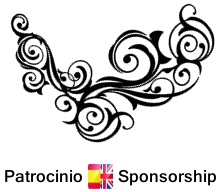
![]() La Playa de Valdearenas, También conocida como Liencres, tiene acceso desde el este por Santander, atravesando una ruta pintoresca que cruza parte de la ciudad y las localidades de San Román, Liencres y Soto de la Marina. Finaliza esta ruta por la carretera nacional CA-231. El acceso desde el oeste por Oviedo se realiza por autovía, finalizando el trayecto por la carretera nacional CA-231. El acceso desde Bilbao comienza por el este y finaliza por la parte oeste de la carretera nacional CA-231.
La Playa de Valdearenas, También conocida como Liencres, tiene acceso desde el este por Santander, atravesando una ruta pintoresca que cruza parte de la ciudad y las localidades de San Román, Liencres y Soto de la Marina. Finaliza esta ruta por la carretera nacional CA-231. El acceso desde el oeste por Oviedo se realiza por autovía, finalizando el trayecto por la carretera nacional CA-231. El acceso desde Bilbao comienza por el este y finaliza por la parte oeste de la carretera nacional CA-231.![]() Valdearenas Beach, also known as Liencres, has access from the east by Santander, going through a picturesque route that crosses part of the city and the towns of San Roman, Liencres and Soto of the Marina. The end of this travel runs through from the national highway CA-231. The access from the west by Oviedo is performed by motorway, ending the journey from the national highway CA-231. The access from Bilbao begins on the east and ends in the western part of the national highway CA-231.
Valdearenas Beach, also known as Liencres, has access from the east by Santander, going through a picturesque route that crosses part of the city and the towns of San Roman, Liencres and Soto of the Marina. The end of this travel runs through from the national highway CA-231. The access from the west by Oviedo is performed by motorway, ending the journey from the national highway CA-231. The access from Bilbao begins on the east and ends in the western part of the national highway CA-231. Acceso/Beach Access
Acceso/Beach Access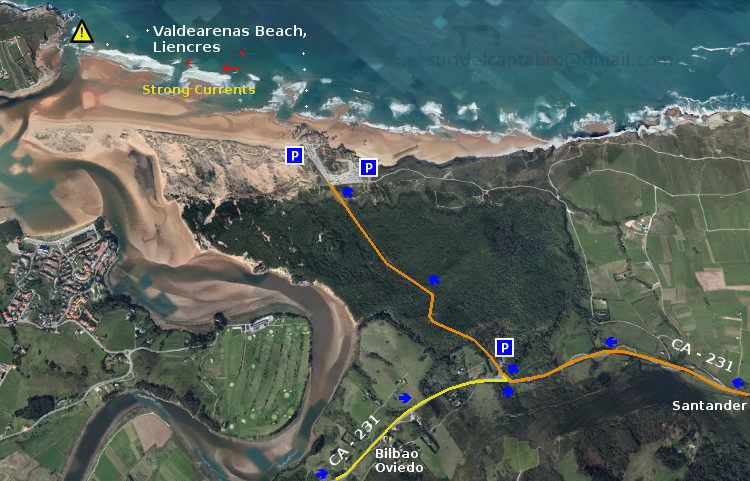
![]()
